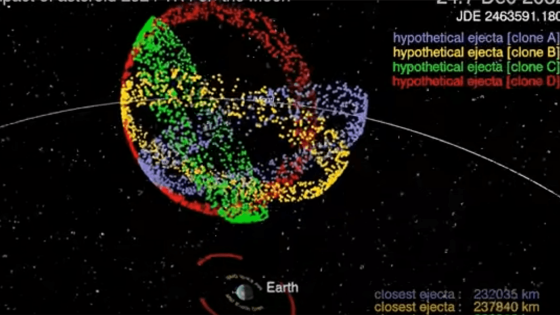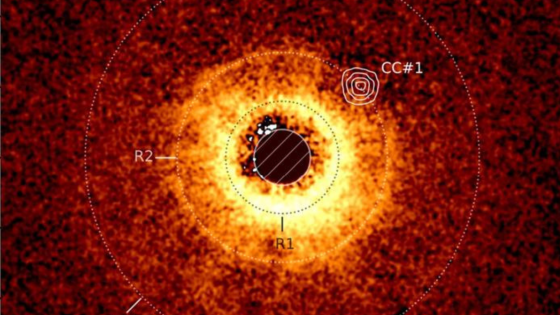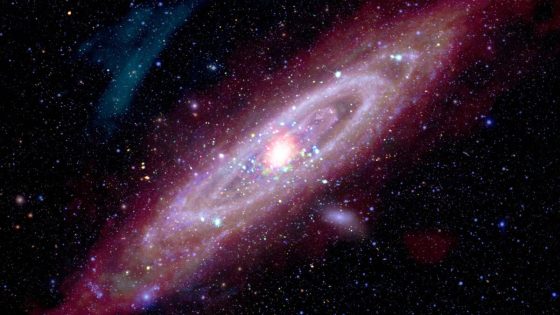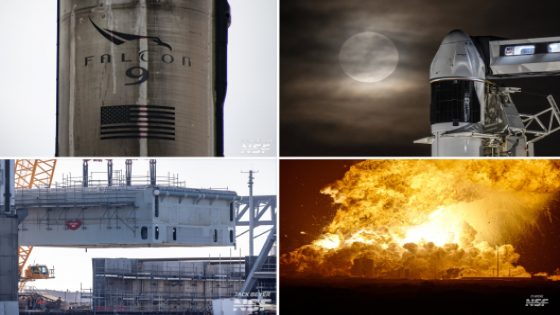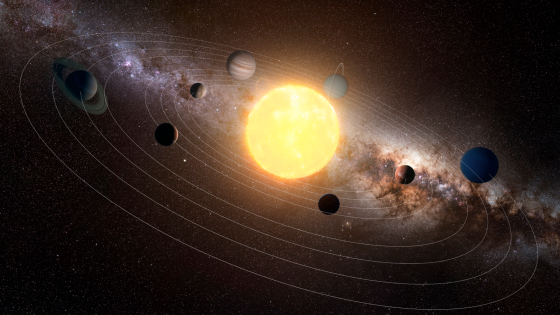An asteroid discovered last year, 2024 YR4, poses an intriguing scientific question: could it collide with the Moon? NASA estimates suggest a one-in-23 chance of impact, making it a potential spectacle for Earth observers. On 2025-07-05, further analysis indicated that this event could yield a meteor shower, offering a rare celestial display.
- Asteroid 2024 YR4 poses a lunar impact risk.
- Initial Earth impact chance was 1 percent.
- Current Earth impact probability is 0.004 percent.
- Moon impact chance updated to 4.3 percent.
- Potential meteor shower from lunar impact.
- NASA monitoring asteroid's trajectory until 2028.
Initially thought to threaten Earth, the asteroid’s risk has diminished significantly, now standing at just 0.004 percent. However, its trajectory has shifted, increasing the likelihood of a lunar collision to 4.3 percent by December 22, 2032.
This potential lunar impact raises fascinating questions about its implications for Earth and space exploration. Could this event provide new insights into lunar geology? Consider the following:
- A collision could create a crater approximately 1 kilometer wide.
- Up to 108 kg of lunar material might be ejected into space.
- Visible meteor showers could enhance public interest in astronomy.
- Spacecraft in orbit would have a clearer view of the impact.
As we await further observations in 2028, this event serves as a reminder of the dynamic nature of our solar system. Continued research and monitoring will be crucial in understanding and preparing for such extraordinary occurrences.



